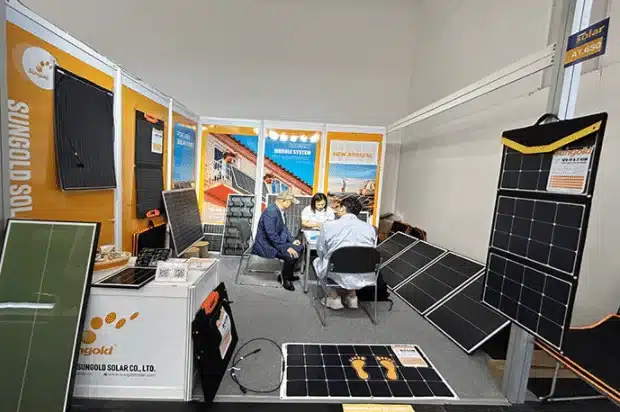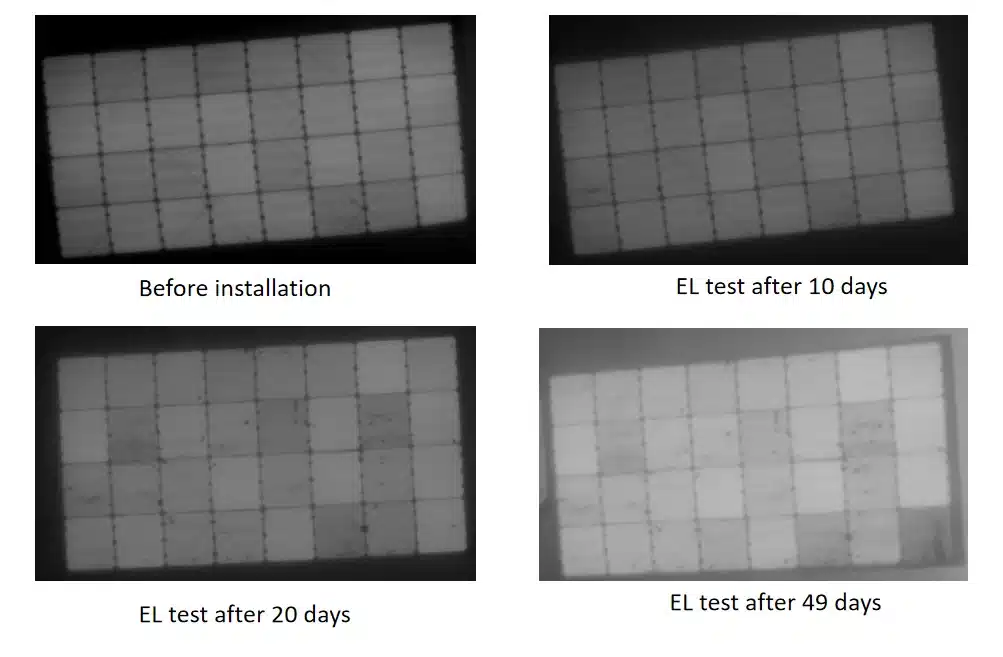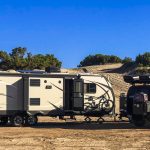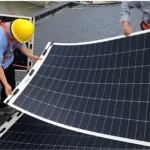For photovoltaic glass components, in most cases, skilled and trained installers can safely walk on solar panels during the installation of solar PV systems to inspect and complete the setup. Typically, glass solar panels are not prone to breakage from hailstorms or high-speed impacts, like baseball. However, a point load, such as an ice pick, could instantly shatter a solar module.
Likewise, walking carefully and skillfully on solar panels while wearing clean and soft tennis shoes should not cause any harm. However, even a small object like a grain of sand or pebble inside the shoe could create enough point loading to break a module.
Table of Contents
Can you walk on solar panels?
As with many tasks, success lies in the details, requiring knowledge and experience to ensure safety.
However, it is essential to consider safety, and in most cases, walking on solar panels is not recommended. Most solar panels are elevated, and falling from a height can lead to injuries. Additionally, it cannot be guaranteed that you won’t damage the panels, as it depends on various factors that need to be understood and respected. Obviously, avoid walking on solar panels if they are wet, icy, or covered with snow. Occupational safety and health experts recommend using safety harnesses and having safety railings when walking at heights.
If you do need to work on your photovoltaic system and must walk on the panels, you can use a wooden frame to support yourself, distribute your weight, and prevent slipping. You can carefully walk across a panel and sit on the upper panel while unbolting and lifting the lower panel to fix the wiring. However, it is advisable to minimize the time spent walking on the panels and do so only when necessary.

Can you walk on flexible solar panels?
Of course, some people may also ask if it’s possible to walk on flexible solar panels. In the past, many would advise against walking on them as it could affect the panels’ power output due to microcracks. However, with advancements in technology, solar cells can now be well integrated with various materials, greatly protecting them from hidden cracks. For example, Sungold’s TF-S series has undergone rigorous trampling experiments, and it has been found that the modules do not develop microcracks in the solar cells.
This discovery is very exciting for us because it addresses the concerns of users who want to install solar panels on boats or yachts. They no longer need to worry about installation positions solely based on aesthetics, as they can now consider the possibility of walking on the solar panels. So, if you have a reason to, you can install solar panels around you or underfoot to harness solar energy.
Can I walk on my Sungold solar panels?
Flexible solar panel product tread test
The test samples are installed in the aisle of the workshop, and after 200 employees step on the test every day to watch the video.
Fleixble solar panels TF-S Test analysis: After 49 days and 14,700 pedals, EL has no new hidden cracks and power degradation <3%.

Conclusion:sungold tf-s flexible solar panels have gone through rigorous treadmill experiments, an important step in the industry, to meet the concerns arising from the use of specific scenarios, you want to know more about this product information, you can further click Sungold tf-s flexible solar panels to view and get a free quote!
What conditions need to be met before stepping?
1, similar flexible components need to have a stampede experiment, with the actual stampede process will not appear the risk of hidden cracks in the battery
2, anti-load-bearing capacity, if the weight of the object will affect the power loss of the component
Some risks of walking on solar panels include:
Panel damage: The weight of a person can crack the glass or solar cells, which can reduce the efficiency of the panels by up to 30 per cent.
Risk of injury: Solar panels are often mounted on sloped surfaces such as roofs, which can increase the risk of falls or slips.
Slippery when wet: Solar panels are made of glass and can be slippery when wet.
Electrocution or shock: Touching the wiring can result in electrocution or shock.
Inhalation of toxic fumes: Burning solar panels can release toxic fumes.
About my thoughts
Walking on solar panels is generally not recommended as it can pose risks to both the individual and the solar panels. Solar panels are made of delicate materials, and even though some panels are designed to be more durable than others, they can still be damaged by excessive weight or pressure.
When walking on solar panels, there is a risk of microcracks forming in the solar cells, which can lead to a decrease in energy production over time. Additionally, sharp objects or debris on the soles of shoes could potentially cause damage to the panels.
If there is a need for maintenance or inspection of solar panels, it is best to rely on trained professionals who have the knowledge and experience to work safely and efficiently without causing harm to the panels. Proper safety precautions, such as using walkways or platforms, should be followed to minimize any risks involved in working with solar panels.







